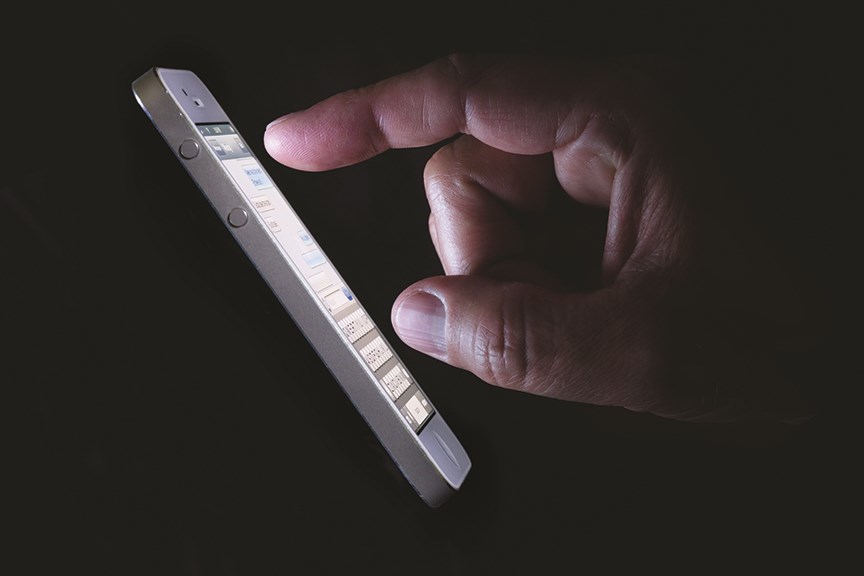George Mathewson
Sarnians has been blitzed in recent weeks by telemarketing scammers who hide their real identity by displaying the fake telephone numbers of neighbours, local businesses – sometimes even the number of the receiver.
According to the Canadian Anti-Fraud Centre it’s a twist on the classic phone phishing scam and it’s “rampant” right now.
One city man, for example, returned from a March 13 walk to find a message on his landline from an “unknown caller.” A recording urged the man, who asked for anonymity, to verify his credit card number under the guise of lowering his interest rate.
Strangely, he said, the answering machine indicated the call originated from his own phone.
“I called it, and of course got a busy signal,” he said.
Alarmed someone could use his number for illegal purposes - not to mention untold long distance charges - he contacted Bell Canada.
A representative told him software exists that allows a caller to display the telephone number of the person being called, he said.
It’s known as Caller ID spoofing, and it’s used to trick potential victims into picking up the phone, according to the Canadian Anti-Fraud Centre.
“Every crooked telemarketer fell in love with it from day one,” said spokesman Daniel Williams, adding the decade-old technology was recently updated and refined.
“Usually, hiding your number means you’re up to no good.”
Many people reject unfamiliar or long distance calls, so the falsified local number gets you to answer, Williams said.
The technology does not, however, allow telemarketers to take control of your number, or charge long distance calls to it.
The software program can be set to mimic the first six digits of a phone number, then randomly select the last four until every number in the area code has been dialed, Williams said.
“Once in a while it’s going to be your number. Once in a while it’s going to be your neighbour’s number, or the hospital.”
If your caller ID ever shows an incoming call from own number, he added, “Your spidey senses should be tingling like all get out.”
WHAT TO DO WHEN SCAMMERS CALLS:
* Don’t trust caller ID:
“Never believe it’s the local police calling just because it says it’s the local police … you can never tell when it’s a spoof.”
* Hang up: Don’t press any buttons, and if you get a voice mail message, don’t call back.
“Scammers always think, once I get my foot in the door, what I’m selling will sell itself.”
* Never give out financial information:
Unless you made the call yourself, and have verified the person on the other end, never provide credit card, bank or social insurance numbers over the phone.
Sources: Better Business Bureau; Daniel Williams, Canadian Anti-Fraud Centre
